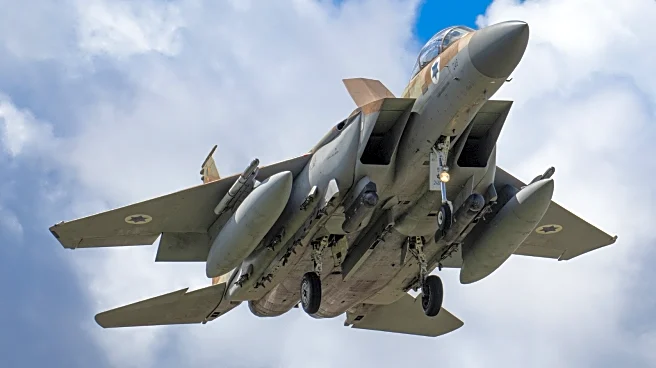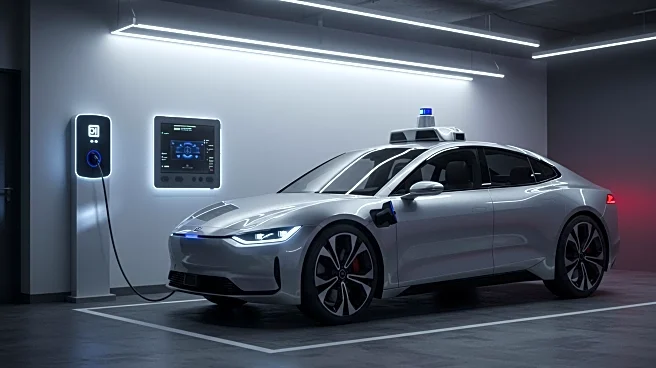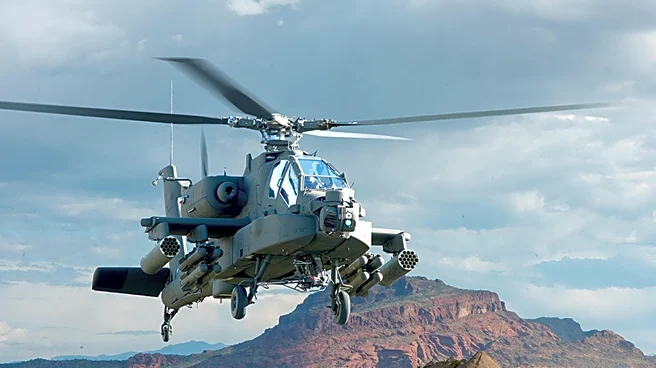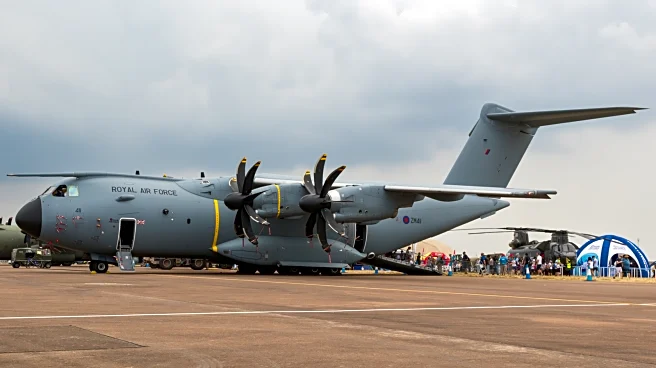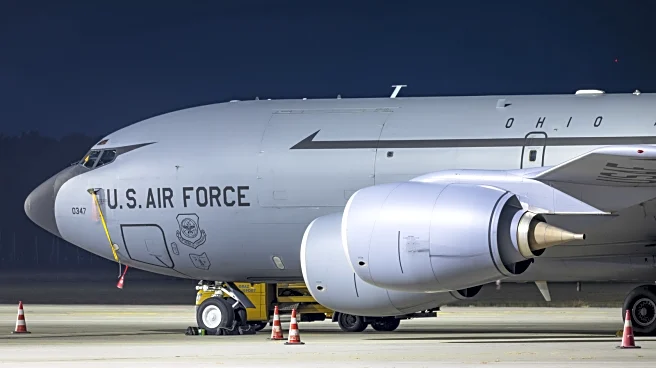
Boeing usually makes news with its airplanes, and not always for the best reasons. But it's been involved in a handful of other vehicles over the years, ranging from the Lunar Rover to light rail vehicles for mass transit to even high-speed hydrofoils. Beyond riding the waves, Boeing has more recently begun going under them, too, with self-piloting submarines, sort of like that drone narco sub with a Starlink antenna. Boeing's new direction makes some sense, especially when you remember that aerodynamics
are so closely related to fluid dynamics.
Boeing claims it has "designed and operated manned and unmanned deep sea systems since the 1960s," but its submersible program really began in 2001 with the launch of the Echo Ranger, an 18-foot unmanned undersea vehicle originally designed to help the oil and gas industry search for potential drilling sites on the ocean floor. The Echo Ranger has also been used for less exploitative adventures, like helping the National Oceanic and Atmospheric Administration get a close-up view of fish habitats.
That said, much of Boeing's underwater work is kept hush-hush because it's for military applications. Just one example is the Orca autonomous submarine engineered for the U.S. Navy.
Read more: These Supercars Lose Value So Quickly, They're Almost A Steal
Boeing's Biggest Deep-Sea Drone

Boeing describes the Orca as an eXtra Large Uncrewed Undersea Vehicle, or XLUUV, and it definitely lives up to its XL branding: The Orca is 51 feet long, with a modular payload system that can add an extra 34 feet in length and carry eight tons of, well, who knows. The sea drone was designed for such things as laying mines, participating in action against submarine and surface threats, and electronic warfare, so it might be packing all kinds of classified technology. Oh, and to put its size into context, Boeing boasts that its extra-large UUV has a diameter of 81 inches for the equivalent capacity of nine medium-sized UUVs or 48 small ones.
Helping the XLUUV complete its missions are two features that are also pretty popular in the auto industry nowadays. The first is a hybrid powertrain, which Americans can't get enough of in cars. In this case, a diesel-electric setup assisted by an 18-kilowatt battery gives the sub a range of 6,500 nautical miles. The second is autonomy. Autonomous vehicles are tangled up in red tape above water, but this is essentially a self-driving submarine that can be launched right from a pier, maneuver through crowded waters without human intervention or a support ship, and eventually return to its launch site when the mission is over. The bottom line, as Boeing puts it: The Orca is here to help achieve "undersea maritime dominance in changing environments and contested waters."
Echoes Of The Orca

The Orca is actually a militarized version of the latest self-piloting sub from Boeing's Echo family. The first, the Echo Ranger mentioned above, was an 18-foot autonomous electric submarine considered an unmanned underwater vehicle test bed by Boeing. It could dive 10,000 feet beneath the surface and, like the Orca, had a modular payload system. The Ranger was initially used during surveys of the sea floor in the Gulf of Mexico (renamed the Gulf of America in 2025 by U.S. President Donald Trump).
Boeing upsized its efforts for its next sea drone, the Echo Seeker. Stretching 32 feet in length, the Echo Seeker debuted in 2015 and basically doubled the length, range, and maximum depth of the Echo Ranger. It can stay underwater for three days with almost six times the cargo space — 170 cubic feet in total — of the Ranger, and dive to 20,000 feet. It's about the same depth at which another autonomous deep-sea drone was operating when it might have found Amelia Earhart's wreckage.
The Echo Voyager was introduced in 2016, and it's the model on which the Orca is based. As a result, it has many of the same specs, matching the Navy's XLUUV for length and range but with a maximum depth of only 11,000 feet.
Want more like this? Join the Jalopnik newsletter to get the latest auto news sent straight to your inbox...
Read the original article on Jalopnik.


